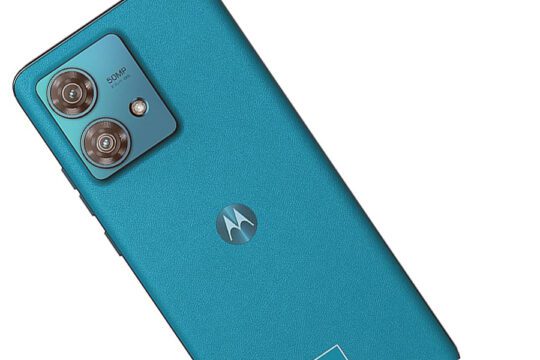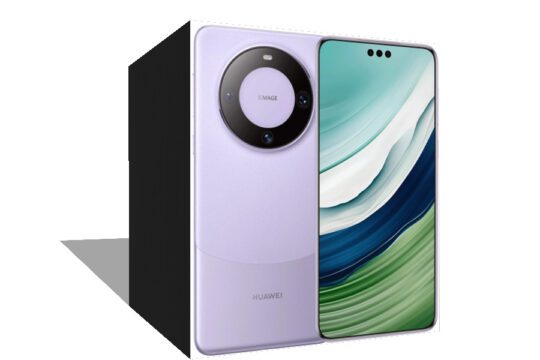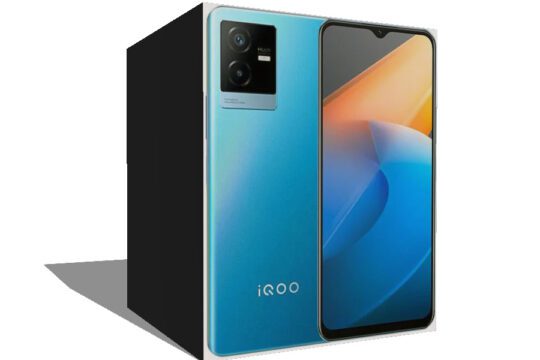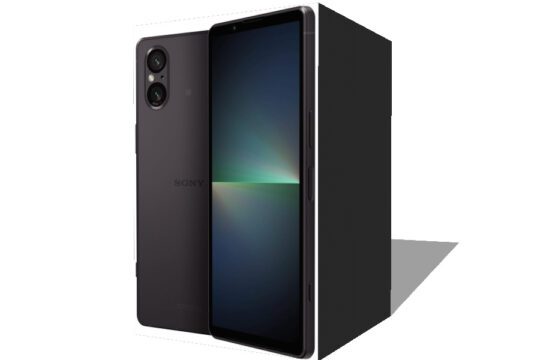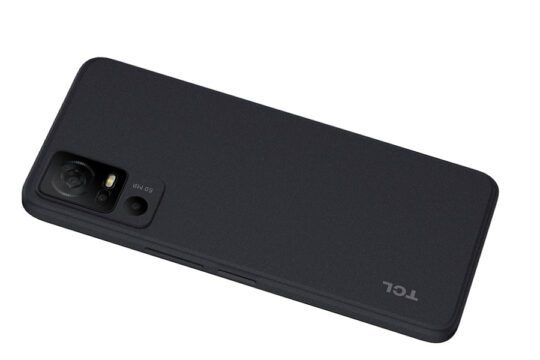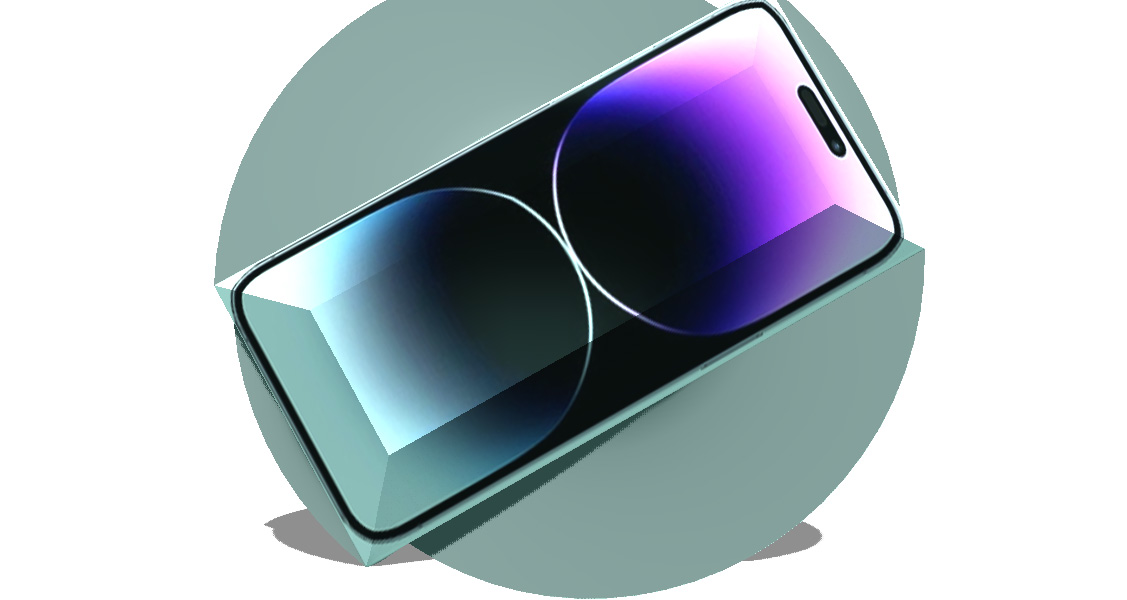
If you were one of the purchasers of the iPhone 13 when it was introduced in 2021, you may be nearing the end of your contract and thinking about upgrading.
Is the iPhone 15 going to be a significant upgrade over the iPhone 13 or should you hold onto your current model a little while longer given that two years can be a long time in the development of smartphones? Here are the top five adjustments we anticipate between the iPhone 13 and iPhone 15.
Goodbye Lightning, Hello USB-C:
According to reports, Apple will finally abandon the Lightning port this year. The EU has mandated that moving forward, portable devices must support the common USB-C charging standard.
While that’s generally good news in terms of potential charging and transfer speeds, if you have dozens of Lightning cables and accessories lying around, you might be a little miffed.
Additionally, even though a new cable will be included in the box, don’t expect a charger. We’ll see what happens, but there are rumors that Apple may save faster charging and transfer speeds for the iPhone 15 Pro series.
The End of the Notch:
Even though dozens of Android manufacturers immediately imitated it, the notch has proven to be quite divisive ever since it debuted with the iPhone X. Apple removed the notch last year in favor of Dynamic Island, turning the ugly cutout into a useful feature. The cutout appears to expand with notifications and data in an undeniably cool way thanks to clever visual trickery.
Unfortunately, it was only available for the iPhone 14 Pro and Pro Max, but all indications are that the standard iPhone 15 will get it this time. However, the additional functionality is cool and has a lot of potential. In reality, it isn’t all that much less distracting than the notch.
Faster Processor:
It goes without saying that every phone upgrade will result in faster performance, but Apple broke an unwritten rule last year. It reserved the A16 Bionic chipset for the iPhone 14 Pro models and shipped the regular iPhone 14 with an older A15 chipset that was also found in the iPhone 13 Pro.
The iPhone 15 is anticipated to tardily inherit the A16 this year while the iPhone 15 Pro speeds onto the A17. We already have a good idea of how much faster the iPhone 15 will be than the iPhone 13, and it’s a respectable, if not mind-blowing, improvement.
| CPU | Single-core | Multicore | TensorFlow Lite NPU | |
| iPhone 14 Pro | A16 Bionic | 1891 | 5469 | 3173 |
| iPhone 13 | A15 Bionic | 1733 | 4718 | 2700 |
It goes without saying that those upgrading from the iPhone 13 will only experience one generational chip shift as opposed to the anticipated two, but it’s still good to see.
Upgraded Camera Array:
The iPhone 14 Pro Max and iPhone 14 Pro models both received the first increase in camera megapixels last year following the introduction of a 12-megapixel sensor in the iPhone 6S in 2015. And based on our testing, the 48MP camera in the iPhone 14 Pro series performed admirably.
This year’s 48-megapixel camera sensor doesn’t appear to be reserved for Pro models only, so the standard iPhone 15 should also have one. Additionally, according to analyst Jeff Pu, the iPhone 15 will feature “three stacked sensors” that have better light-capturing capabilities for brighter and all-around better photography.
Just be aware that the standard iPhone 15 and iPhone 15 Plus won’t have a ProRAW camera mode.
Bigger Screen:
It’s not good news if your current phone is an iPhone 13 mini. The 5.4-inch mini was replaced by the enormous 6.7-inch iPhone 14 Plus when Apple discontinued the line last year.
This year, the company plans to stick with that strategy and release both a 6.1-inch and a 6.7-inch iPhone 15 model.
If Apple follows suit, this and battery size will be the only features that distinguish the two phones, allowing those who prefer a larger screen to do so without having to shell out a lot of money for an iPhone 15 Pro Max.
Possible Alternative:
Should all of these alleged upgrades materialize, they would represent a significant improvement. However, given that most of the upgrades (USB-C aside) are leftovers from the iPhone 14 Pro, you might want to think about going that route.
True, when it launches in September, the iPhone 14 Pro won’t be the newest and greatest device from Apple, but it will feature the same chipset and, in addition, offer a telephoto zoom, an always-on display, and a 120Hz refresh rate.
It just so happens that this is similar to the advice I gave to customers tempted by the entry-level iPhone 14 when it was released last September: “Buy the iPhone 13 Pro instead.”
Apple eventually decided to discontinue it, and this year’s iPhone 14 Pro is likely to receive the same treatment. However, if you don’t mind souring carrier deals and perhaps the pre-owned market, you’ll probably get a lot of value come September.
Read more: Redmi K70 Series Launch Tipped, With Snapdragon 8 Gen 2 SoC

